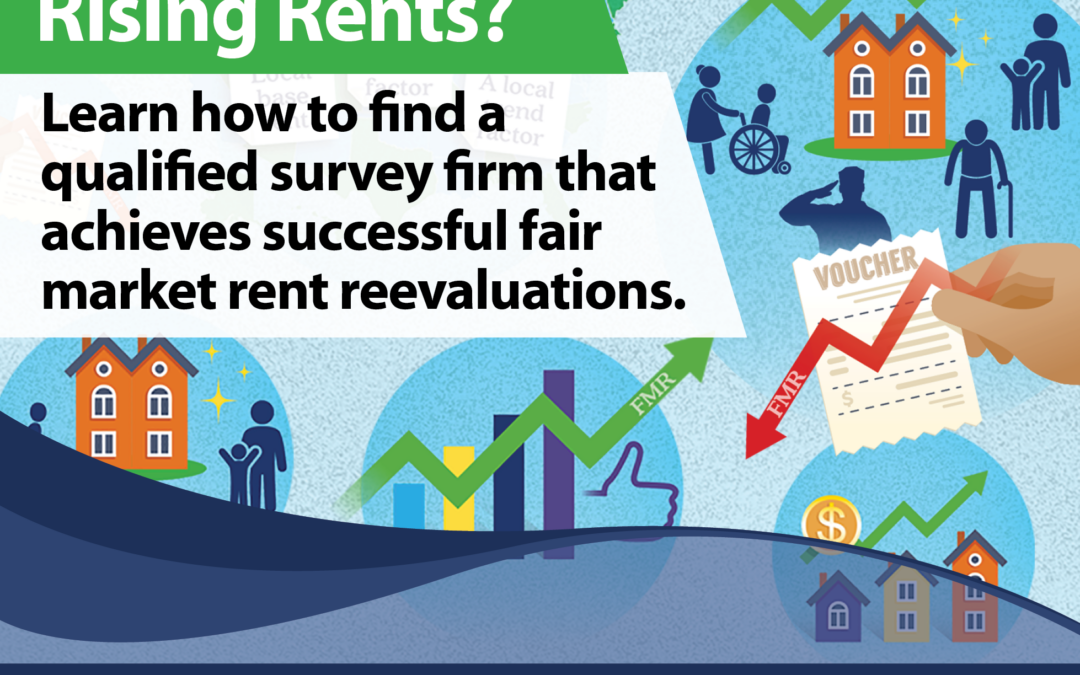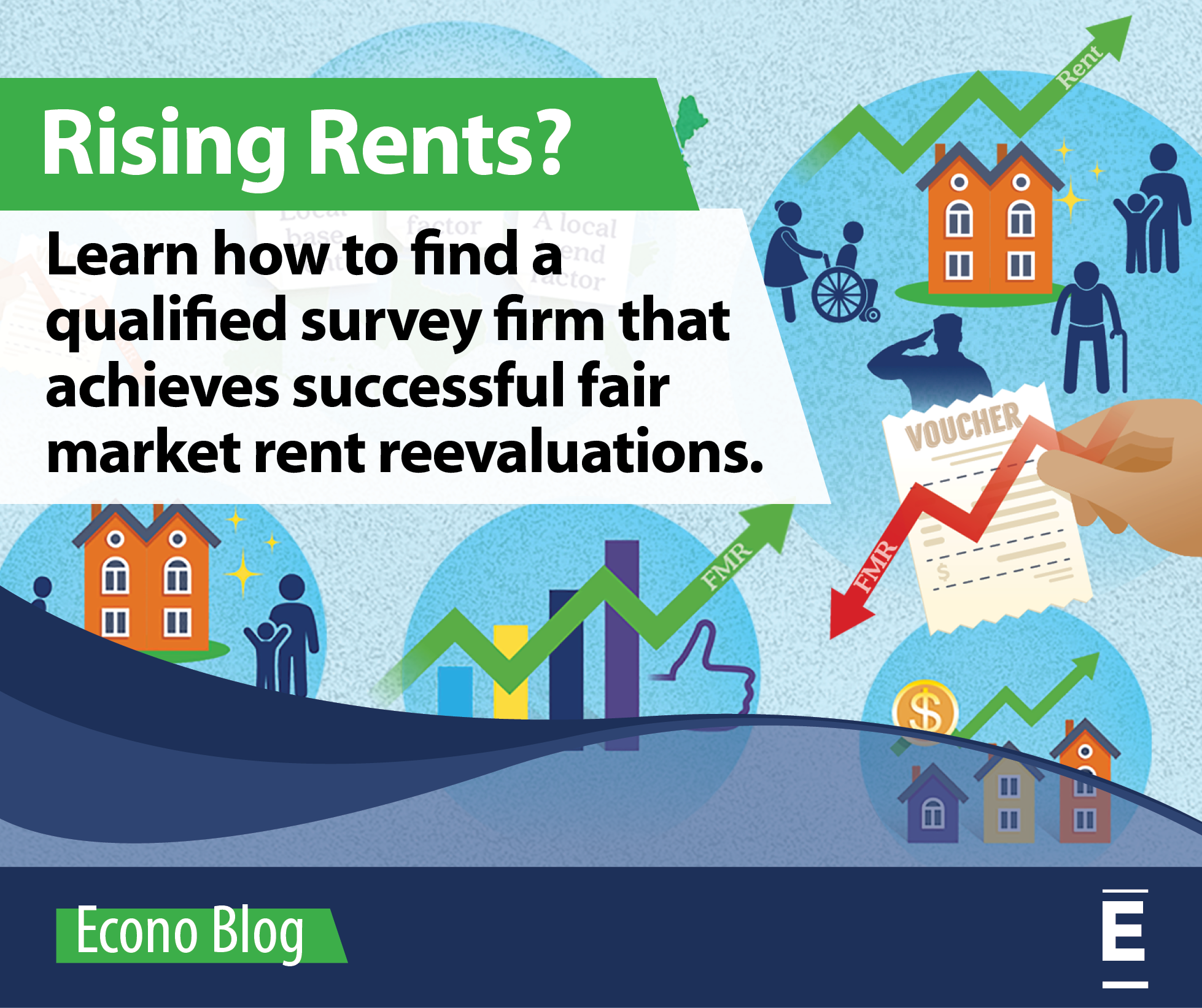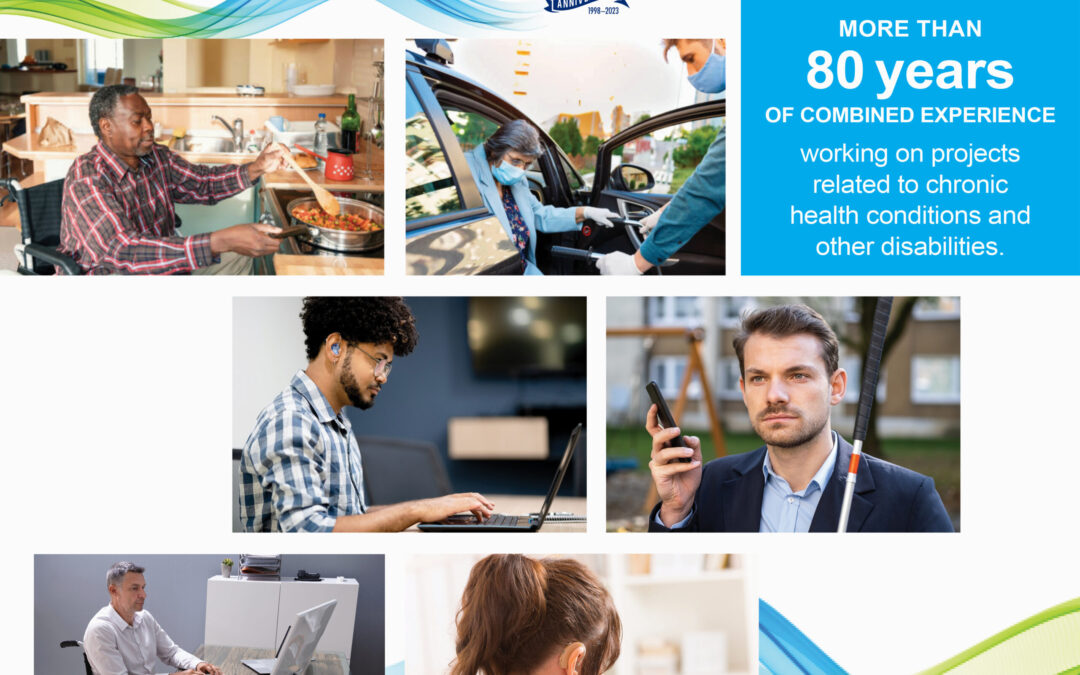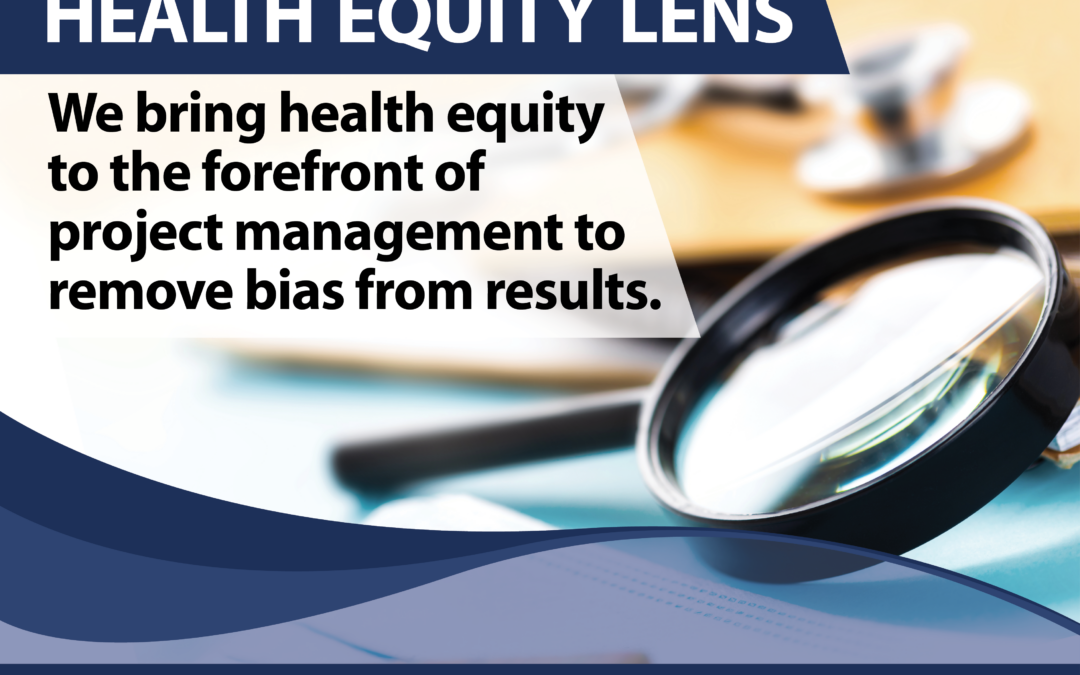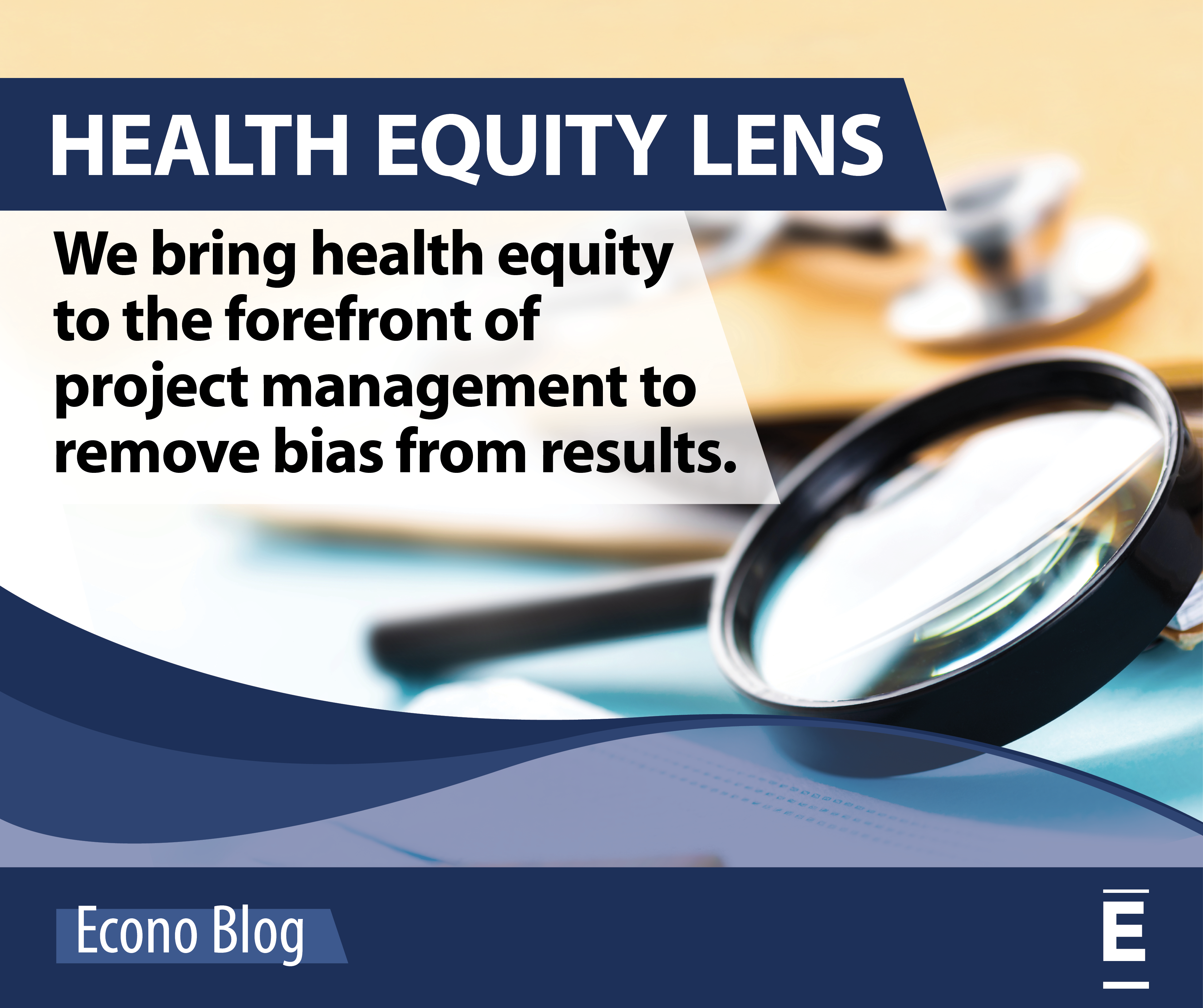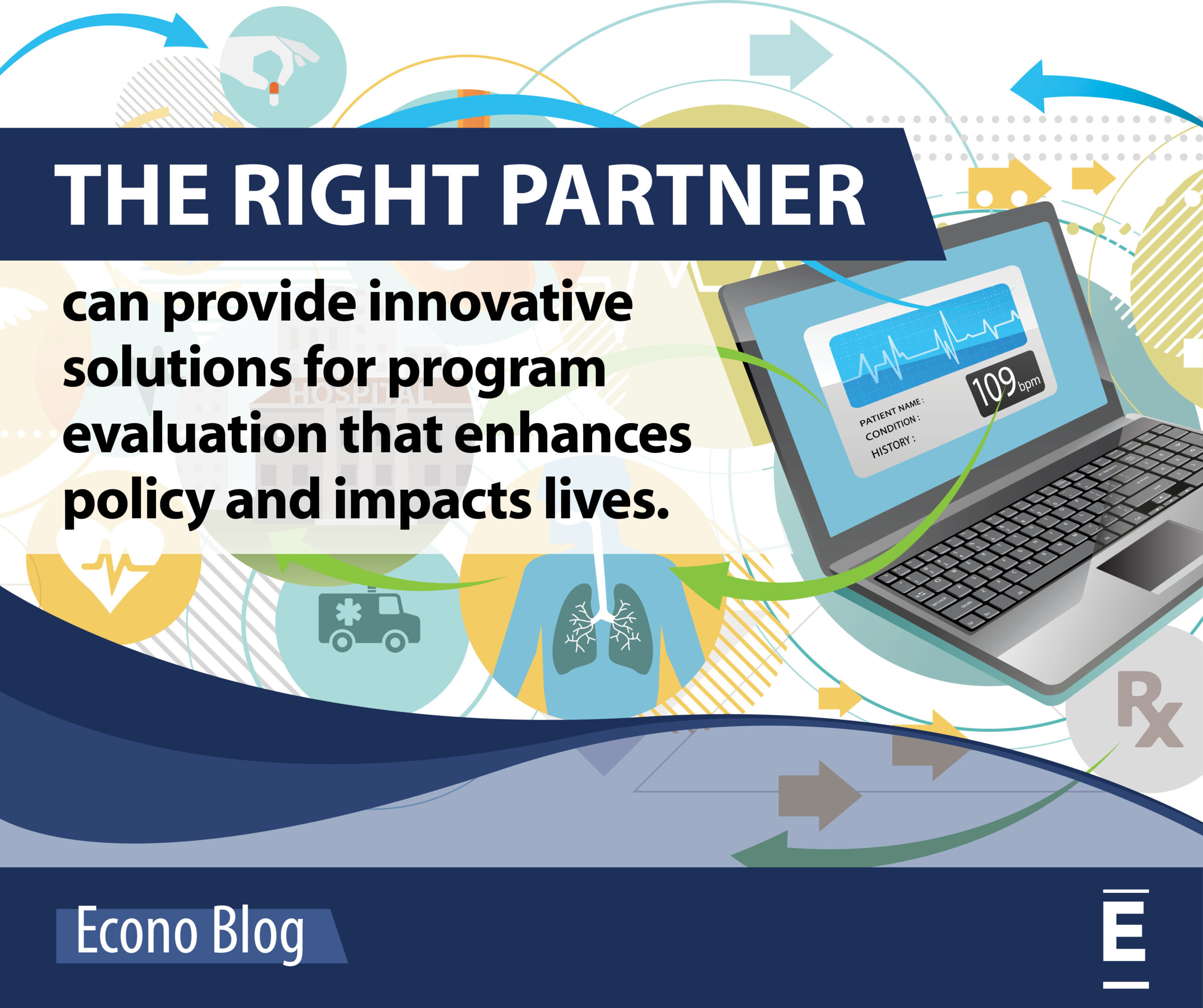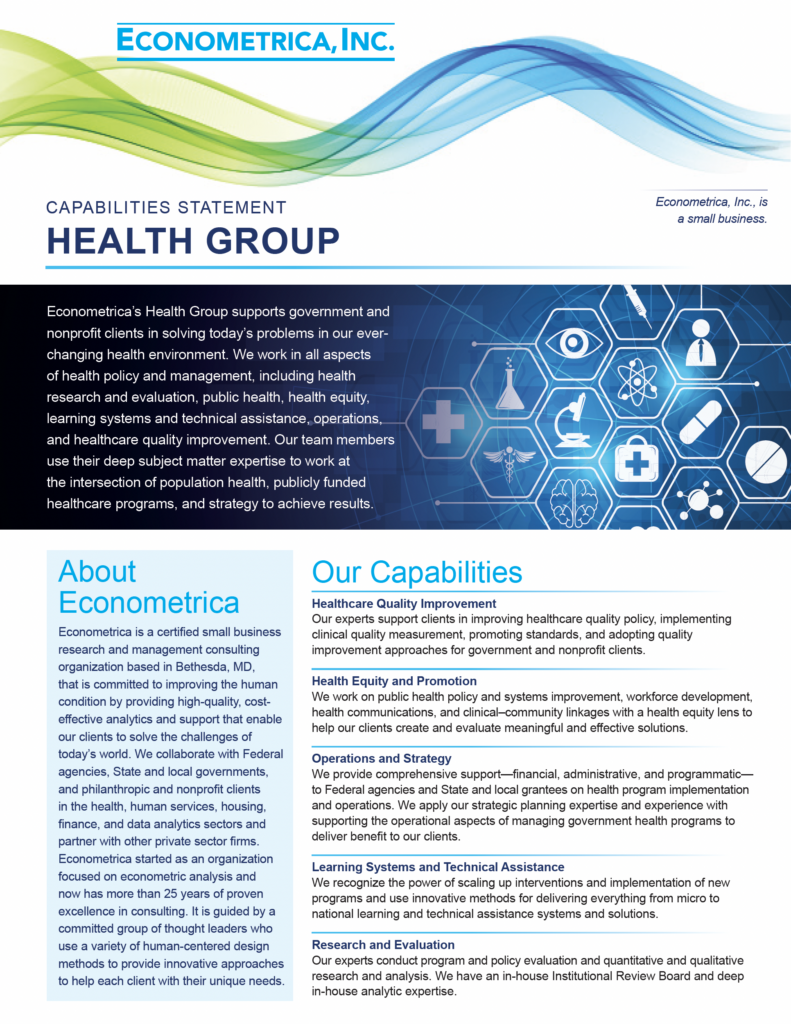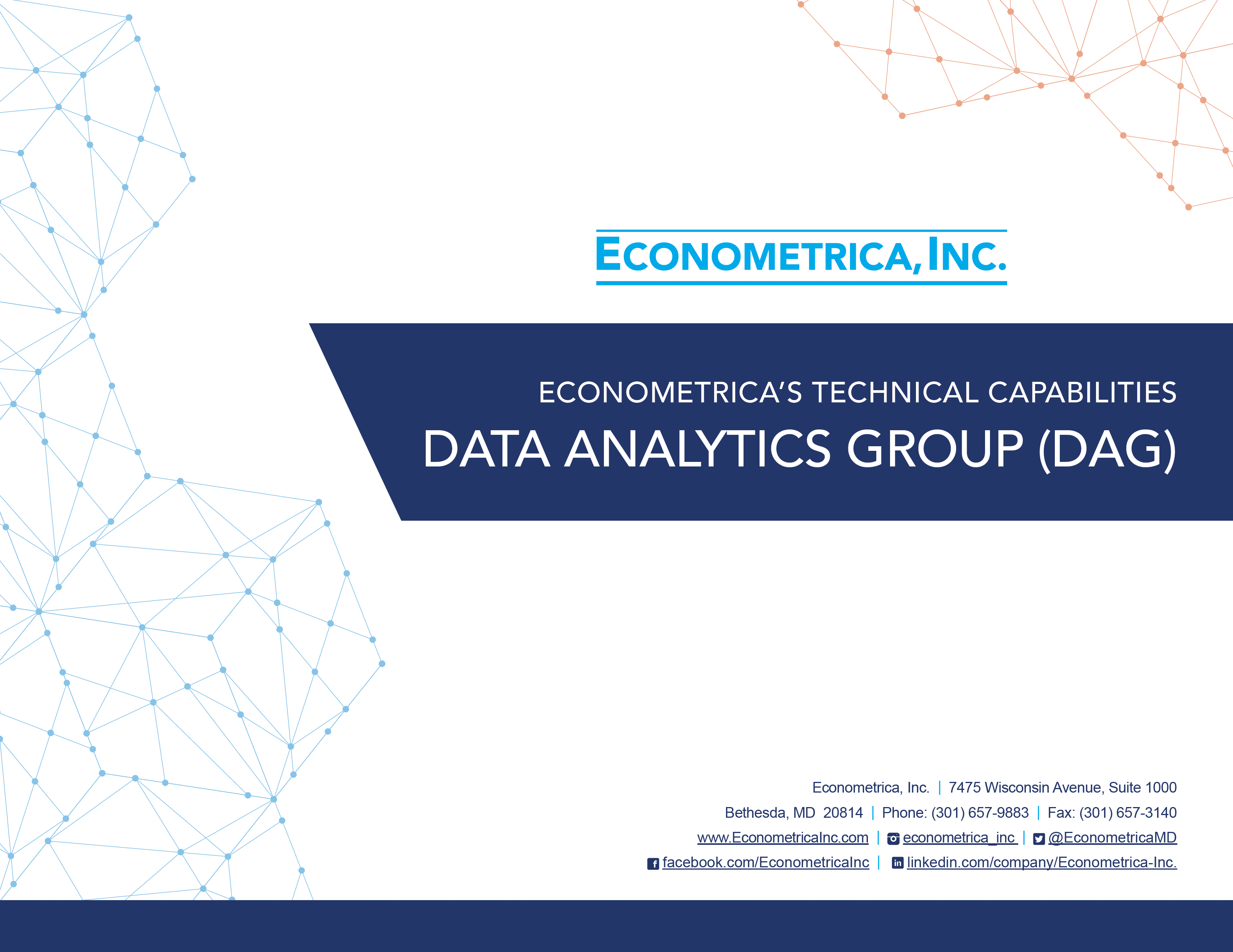
How Microlearning With Explainer Videos Can Work for You
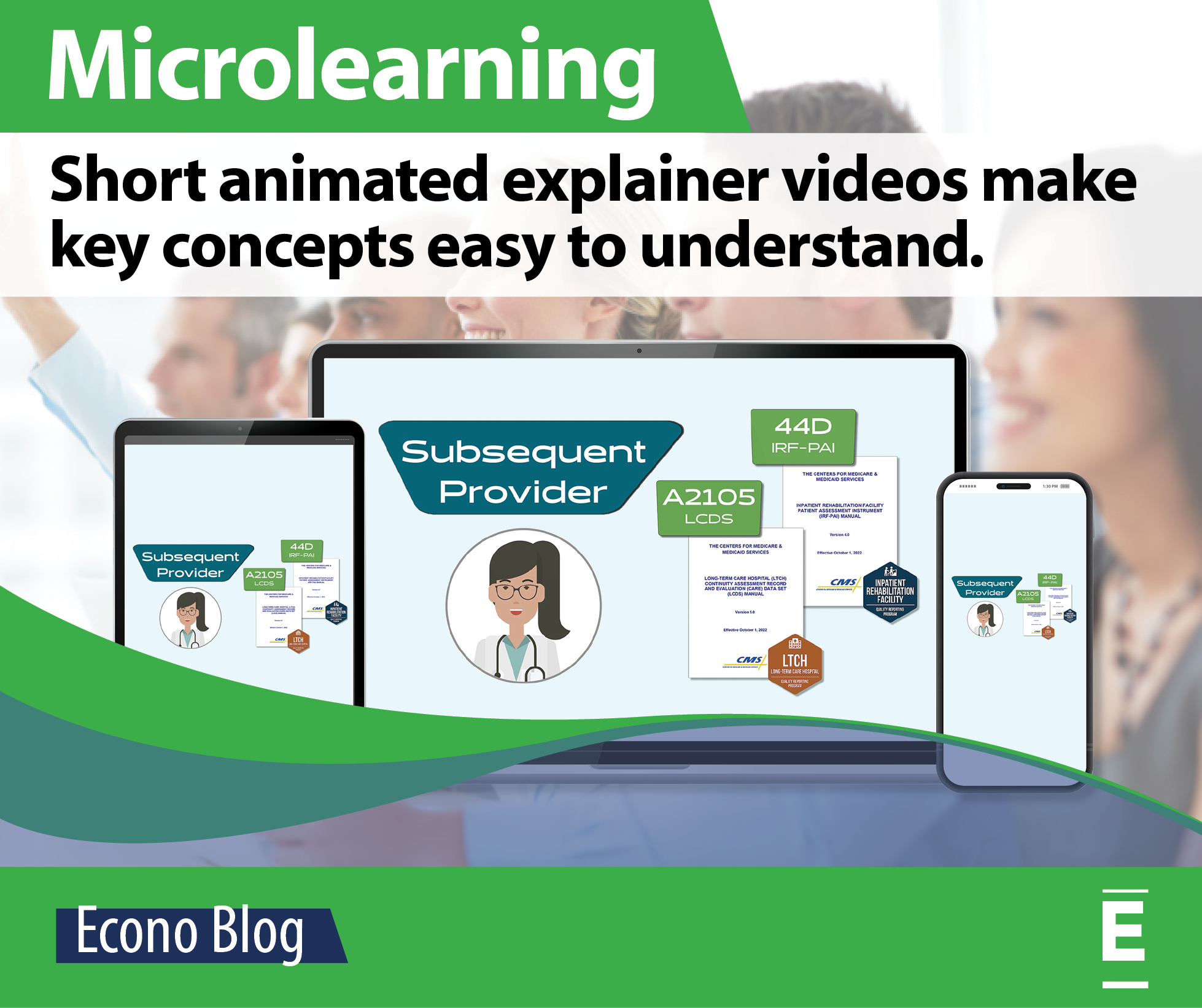
Learning solutions run the gamut from e-learning courses, to webinars, to tip sheets. But if you need to teach a brief concept, animated explainer videos make key pieces of information easy to access and a breeze to understand. The Learning Solutions Team at Econometrica uses this form of microlearning — breaking training down into small, more manageable bits of information — to support clients in government and industry.
Think of microlearning modules like chapters in a manual. An animated explainer video is like an illustration highlighting an important concept on one of the chapter pages, but more interesting. It uses audio and visual animation to get the point across.
Benefits of Using Animated Explainer Videos for Microlearning
-
- Concise: They convey training on a single topic in a few minutes. Viewers can find the answer quickly without sifting through information they do not need.
- Efficient: They support workflow learning, allowing users to train while they continue to be productive. Videos can be accessed from computers and mobile devices.
- Engaging: Animated avatars and colorful visuals combined with limited text make explainer videos easy to watch and understand.
“Workflow learning is something people can access as they are doing their job. Animated explainer videos allow people to view the information at the moment they need it. They’re pulling the information they need, instead of having a bunch of other information pushed at them — which is far more efficient than traditional coursework,” says Sarah Gillam, M.Ed., senior instructional designer at Econometrica.
“In the healthcare setting, it is imperative to reduce what is called ‘provider burden.’ Animated explainer videos can help by reducing the amount of time providers must invest in training — time better spent on patient care,” adds David Westbrook, M.Ed., also part of Econometrica’s instructional design team.
Customizing Learning Solutions
Beginning in 2015, Econometrica was tasked by the Centers for Medicare & Medicaid Services (CMS) to develop training for providers and stakeholders related to the Improving Medicare Post-Acute Care Transformation (IMPACT) Act of 2014. For the Post-Acute Care (PAC) Training project, we assessed training needs and created materials for 34,000 providers across the United States. So far, we have created approximately:
-
- 29 live training events (in-person and virtual)
- 52 webinars
- 55 web-based trainings
- 54 video tutorials and explainer videos
- 136 job aids, including tip sheets, pocket guides, and cue cards
Based on provider feedback and assessment of training outcomes, we concluded that health providers would benefit from scenario-based examples. These examples work to strengthen their understanding of new and revised guidance that was addressed during prior trainings.
Additionally, our goal is to be sensitive to providers’ time when developing training assets. In order to limit provider burden and provide additional training opportunities, we developed a four-minute animated explainer video. The videoreinforces how to correctly code Transfer of Health items at discharge. It was posted on YouTube in March and received more than 3,000 views in the first two weeks.
“The video is one of a series of videos we’re developing to target specific questions that providers have,” says Ms. Gillam. “The best part of all is that providers don’t need to watch all the videos in the series. They can simply search for the one that answers their question.”
Leaders in Instructional Design: Work With Us, Work for Us
Econometrica has more than 10 years of experience designing and implementing creative learning solutions on the national level like the PAC Training. Our team of the best and brightest in data science, health, grants management, energy, homeland security, housing and community development, capital markets and finance, and transportation, collaborates to develop customized training solutions that are accurate and effective. We can work as the lead service provider or as an outsource partner to other consultancies. For exceptional results on your next project, visit us online and e-mail our learning solutions team at LearningSolutions@econometricainc.com. To explore the benefits of working for us, visit our careers page.

